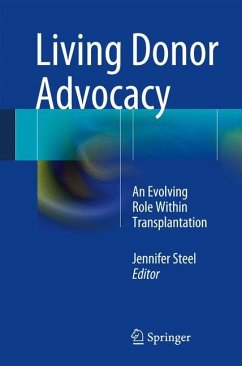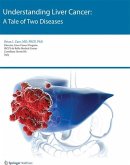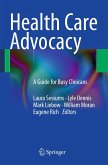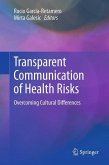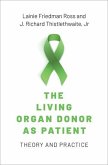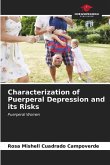The inadequate supply of organs in the United States and other countries continues to drive the reliance on living donor transplantation. In 2000, representatives of the transplant community convened for a meeting on living donation in an effort to provide guidelines to promote the welfare of living donors. The consensus statement that resulted from this meeting recommended that transplant centers retain an Independent Living Donor Advocate (ILDA) to focus on the best interest of the donor. A decade later, nearly every transplant center in the United States, performing living donor surgeries, has incorporated an ILDA into their living donor screening and/or evaluation process Living Donor Advocate provides an overview of living donation and its risks, ethical challenges and future developments?, as well as details about the role a Living Donor Advocate plays in the transplantation process. This book will interest health professionals across various disciplines and patients undergoing transplantation or living donor surgery.
From the reviews:
"This is a well written, thorough review of the role that independent living donor advocates (ILDAs) play in evaluating and counseling potential donors. ... The book is well written with interesting case studies. ... This will be a very useful resource in most transplant centers." (Anitha Vijaan, Doody's Book Reviews, March, 2014)
"This is a well written, thorough review of the role that independent living donor advocates (ILDAs) play in evaluating and counseling potential donors. ... The book is well written with interesting case studies. ... This will be a very useful resource in most transplant centers." (Anitha Vijaan, Doody's Book Reviews, March, 2014)

